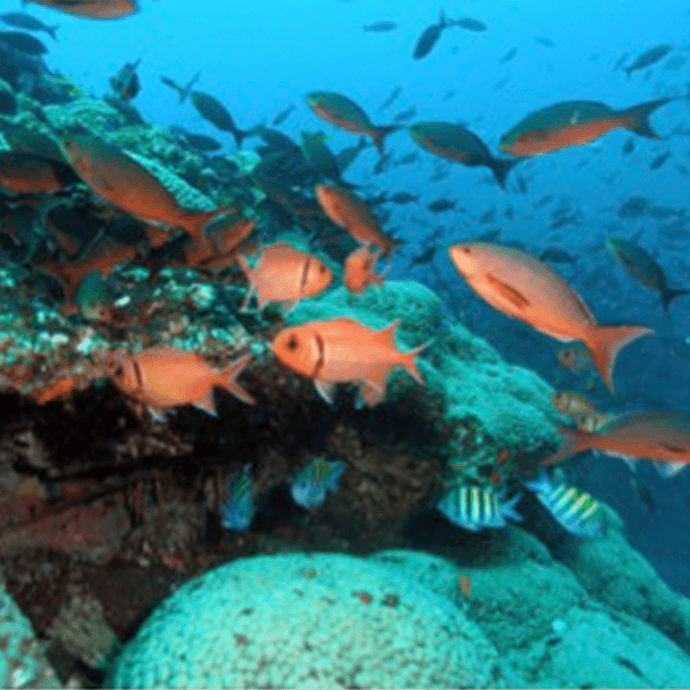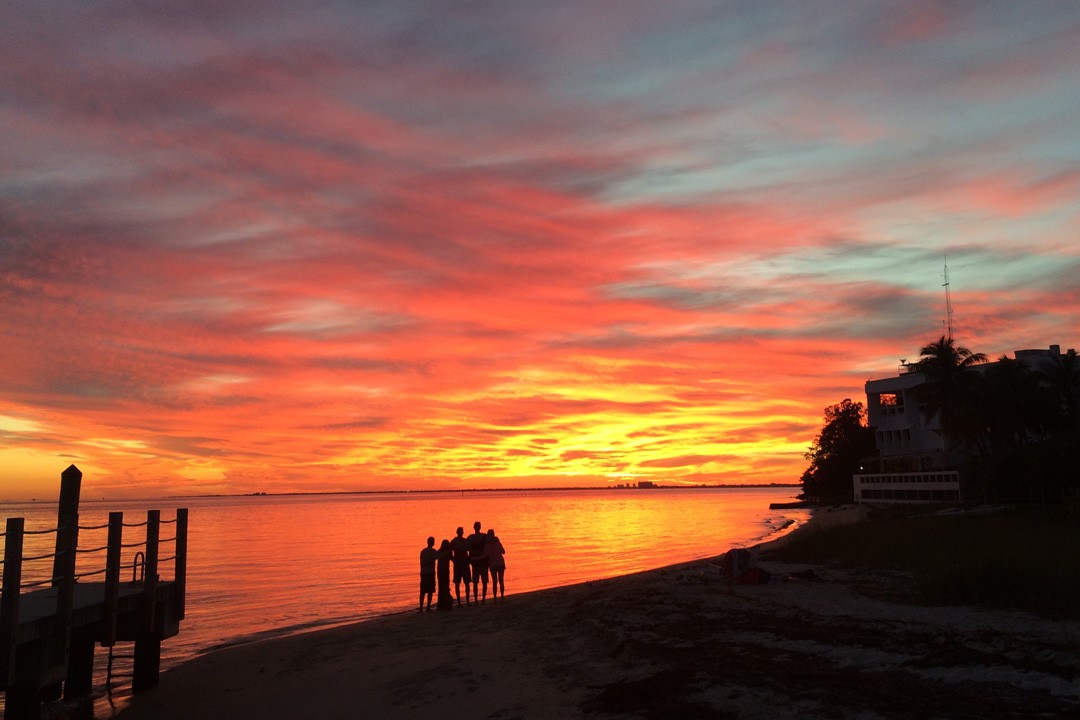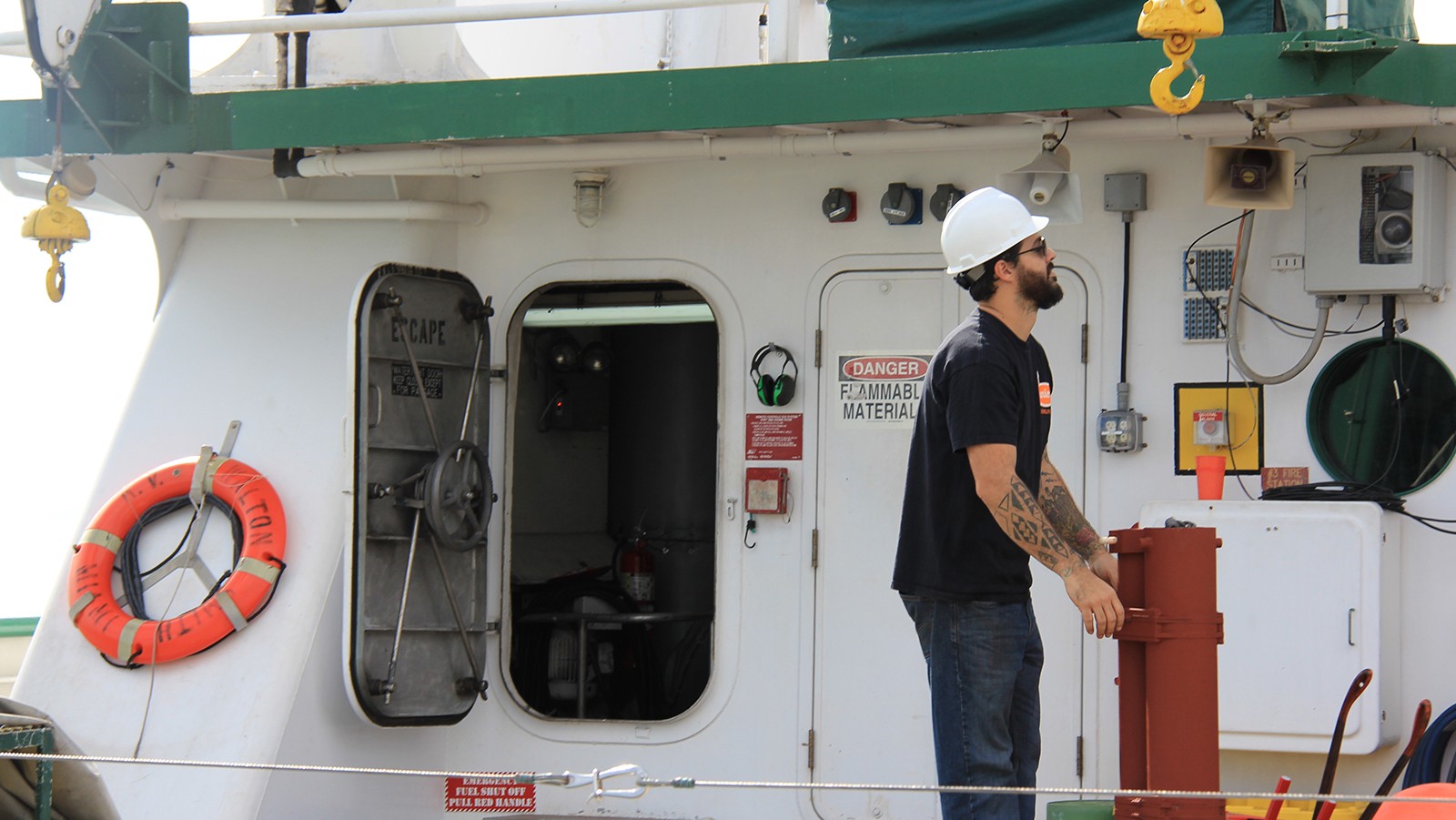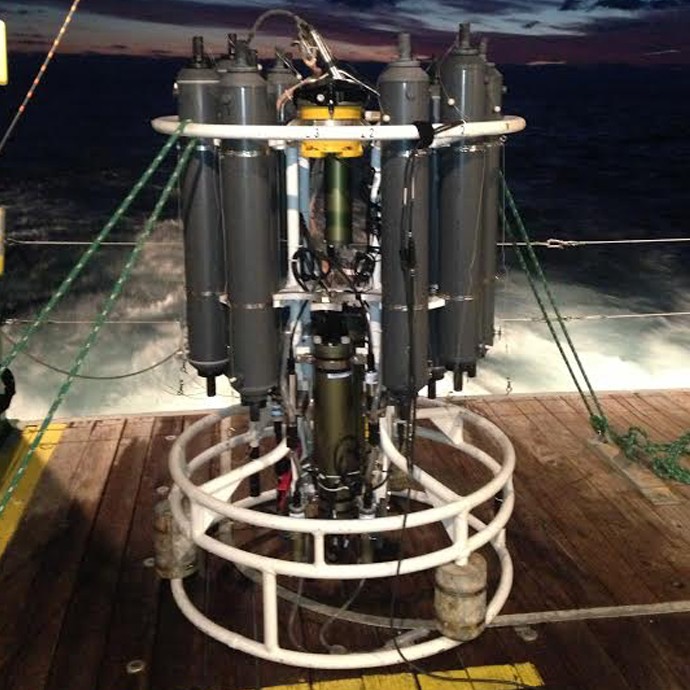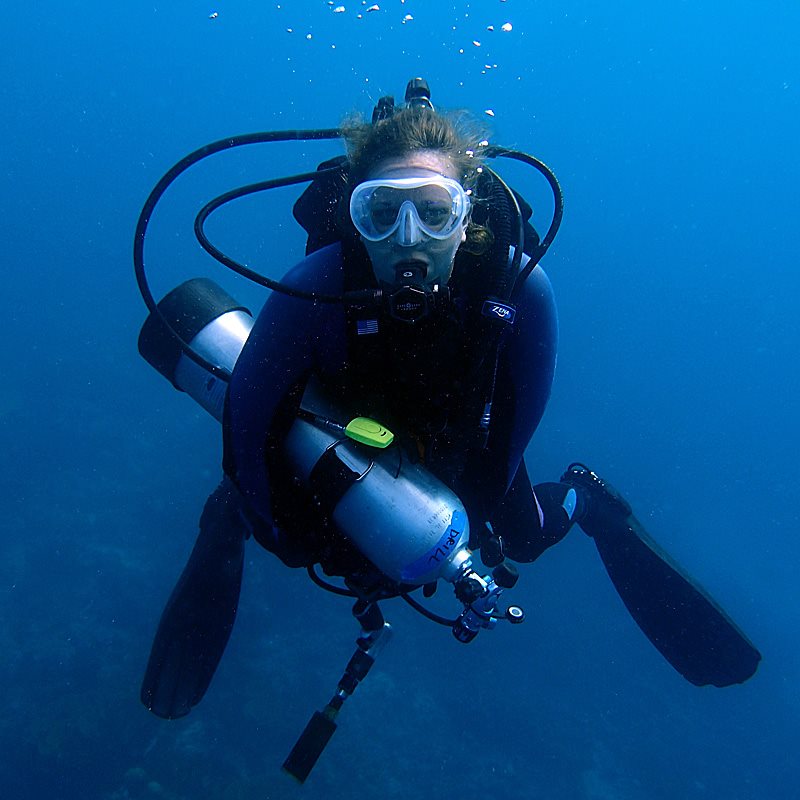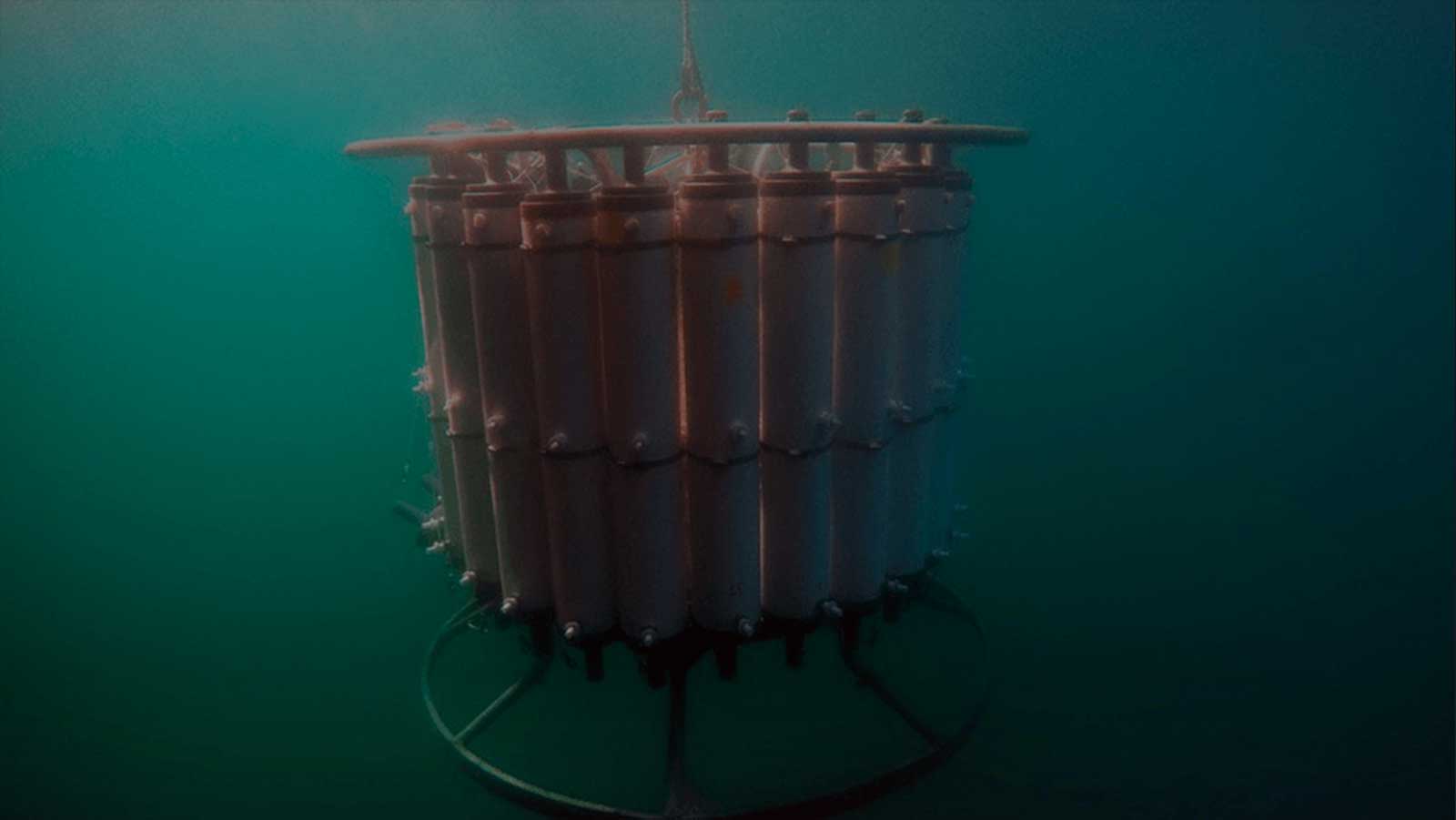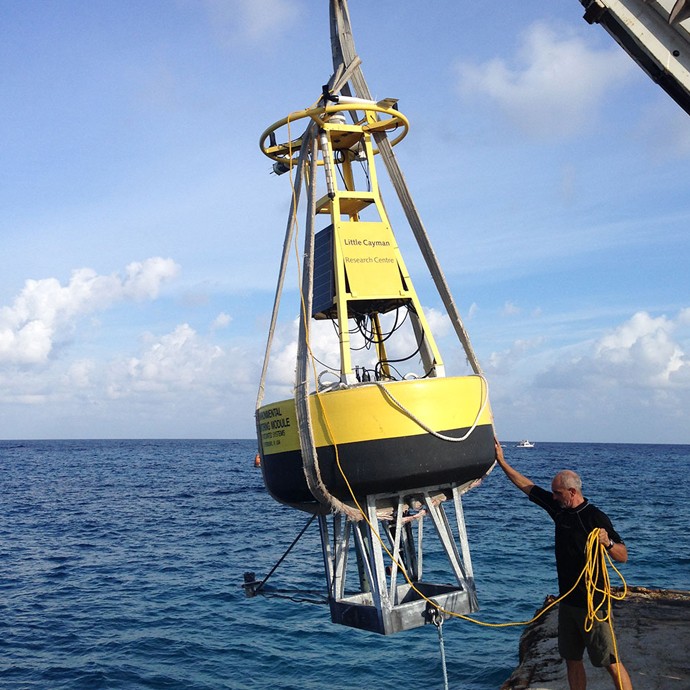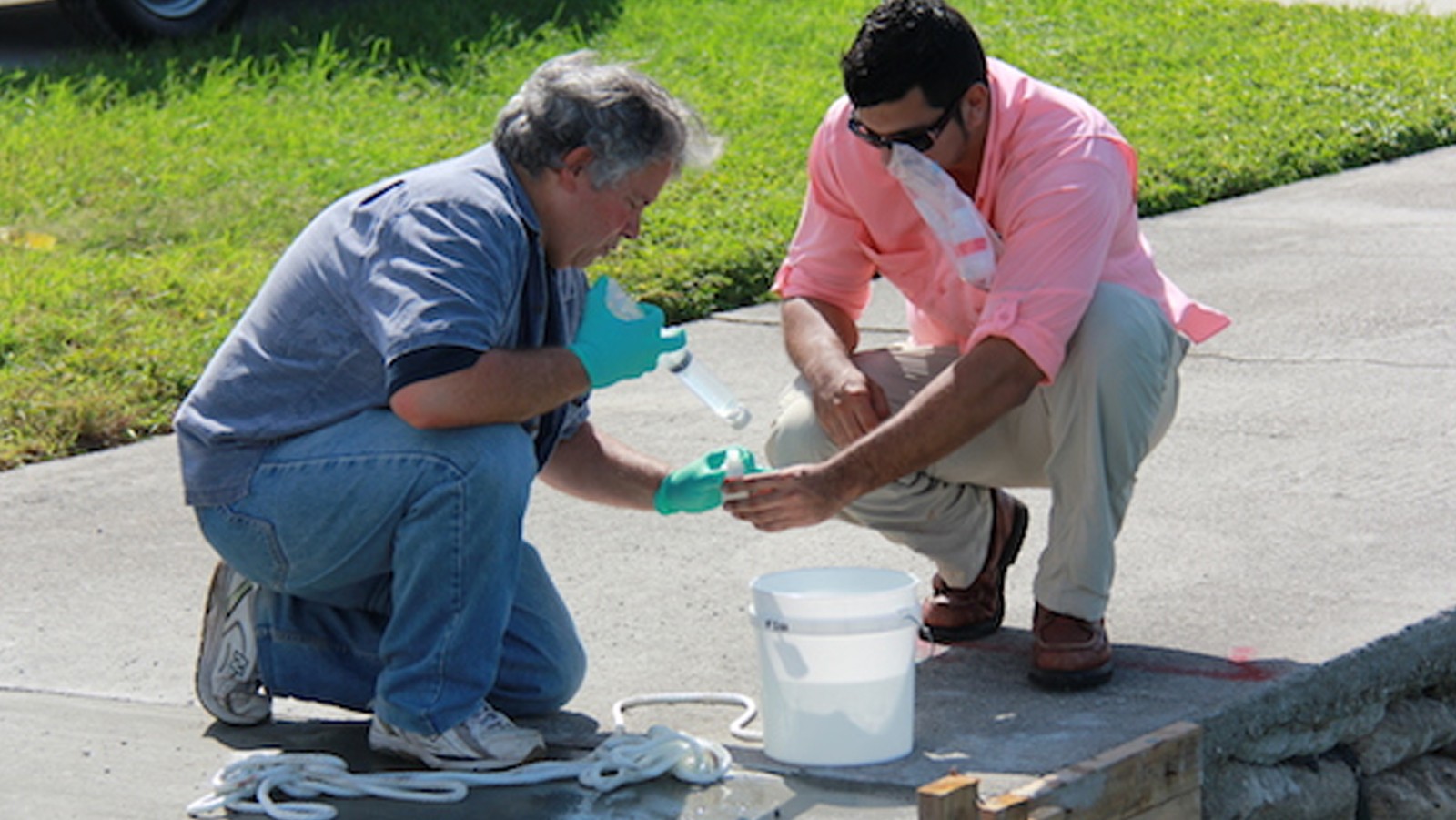Gulf of Mexico Marine Food Web Changes Over the Decades
Scientists in the Gulf of Mexico now have a better understanding of how naturally-occurring climate cycles–as well as human activities–can trigger widespread ecosystem changes that ripple through the Gulf food web and the communities dependent on it, thanks to a new study published Saturday in the journal Global Change Biology.
